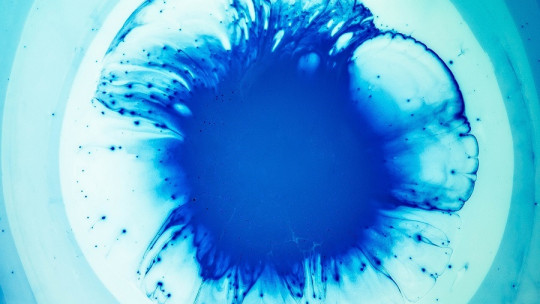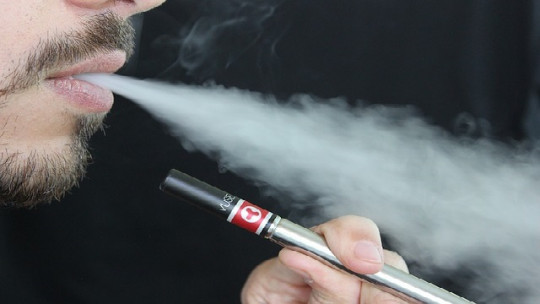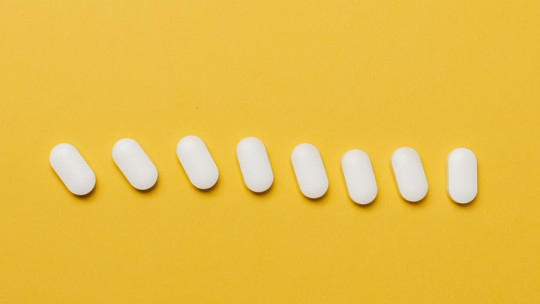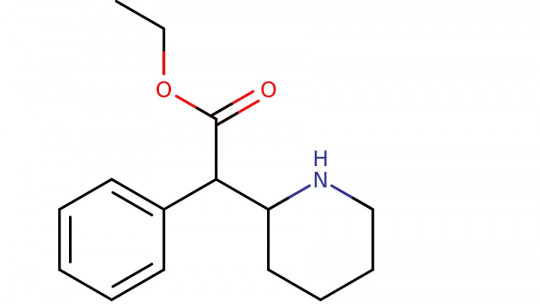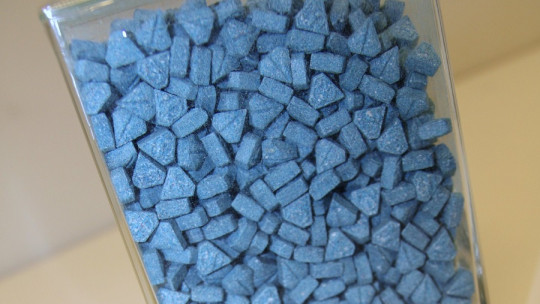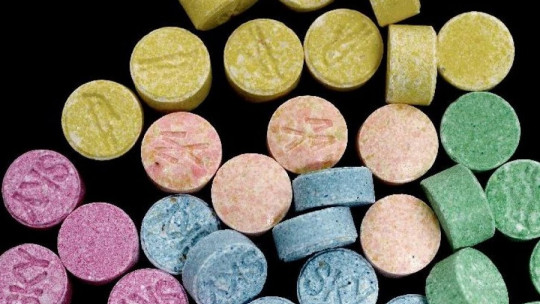Psychoactive substances are chemical substances (drugs or psychotropic drugs) of natural or synthetic origin that affect the functions of the central nervous system (CNS), that is, to the brain and spinal cord. Among its effects, we can find the inhibition of pain, the change in mood, the alteration of perception, etc.
Although drugs are associated with therapeutic and medicinal use, drugs are usually considered for recreational use. The latter are usually related to young people, but in reality they are consumed by people with very diverse profiles and different ages.
Psychoactive substances are very versatile and have a wide repertoire of effects. It should be noted that some psychoactive substances are considered drugs and psychotropic drugs. An example is Xyrem, which for medical use can be used to treat narcolepsy, but in entertainment circuits it is called liquid ecstasy or GHB.
You can learn more about this substance in our article: “GHB: the drug that rapists use to neutralize their victims”
Psychoactive substances: their beginnings
Psychoactive substances have not only been used by modern man, but have been consumed for thousands of years. In fact, there are discoveries that indicate that they have been consumed since 3000 BC. The data suggests that opiates were already being taken at that time. Later, it is known that the Aztecs used peyote and some shamans used hallucinogenic substances.
How psychoactive substances are classified
In the following lines we have made a classification of psychoactive substances, differentiating psychotropic drugs from drugs.
Types of psychotropic drugs
There is a wide variety of psychotropic drugs and, therefore, they can be classified in different ways. None of the categories set out below are better than the rest, but we have taken into account the functionality or usefulness of each group of psychotropic drugs.
1. Neuroleptics and antipsychotics
They are psychotropic drugs that are used to treat psychotic crises. Some of these drugs have powerful side effects and are often taken by, for example, patients with schizophrenia or paranoid disorder. Among the best known are haloperidol or olanzapine.
2. Anxiolytics and Hypnotic-sedatives
Anxiety disorders are one of the most frequent reasons for psychological consultation, which is why these psychotropic drugs are also among the most used. Some of these drugs, those included in this classification, are used as sedatives, to facilitate sleep. We can highlight diazepam (valium) or tranquimazin.
3. Antidepressants
They are psychotropic drugs used to treat depression, and they usually increase the presence of serotonin, norepinephrine or dopamine in the brain thanks to different actions. For example, by inhibiting reuptake enzymes. Among others, fluoxetine (or prozac) or sertraline stand out.
4. Mood Stabilizers/Eutymizers
This type of psychotropic drugs are psychoactive substances that are used in the case in which a patient suffers from bipolar disorder, in this way, it is possible to stabilize the mood and keep it stable. We can highlight lithium salts or carbamazepine.
Types of drugs
Drugs also have different effects and can be classified in various ways. They are the following.
According to its legality
Depending on their legality, drugs can be classified as:
Depending on how they are consumed
Drugs can be consumed in different ways. But what are they?
According to its effect on the central nervous system (CNS)
According to their effects, drugs can be classified in the following ways:
Drug consumption is widespread today, and the variety of these is very notable. Some of these drugs are natural, produced by nature itself. Others, synthetic ones, follow a series of chemical processes for their creation. The immediacy of its effects has to do with the speed at which the active ingredient passes into the blood. Generally, injectable drugs are the ones that cause the fastest effects, and are also the most addictive.

